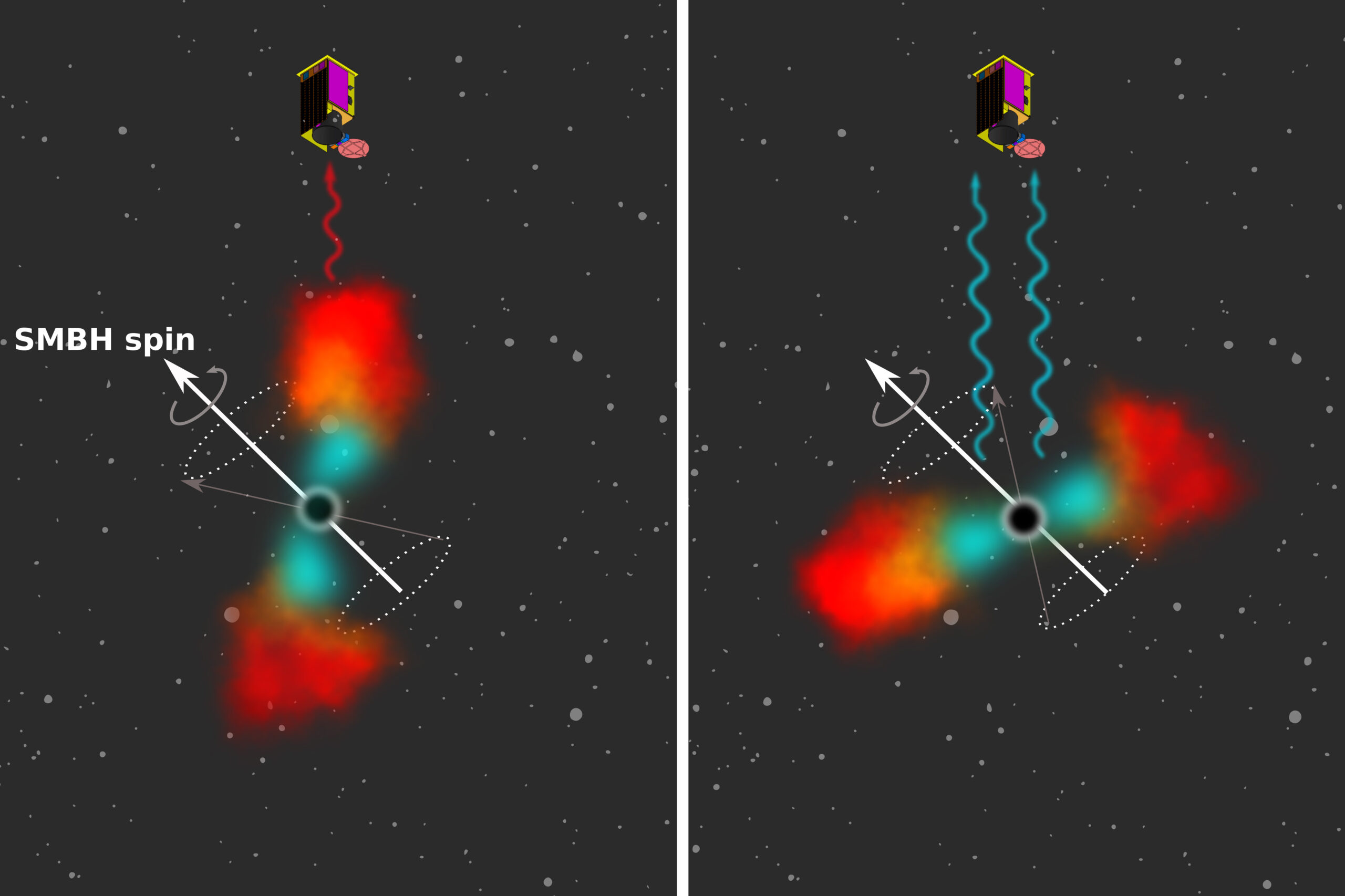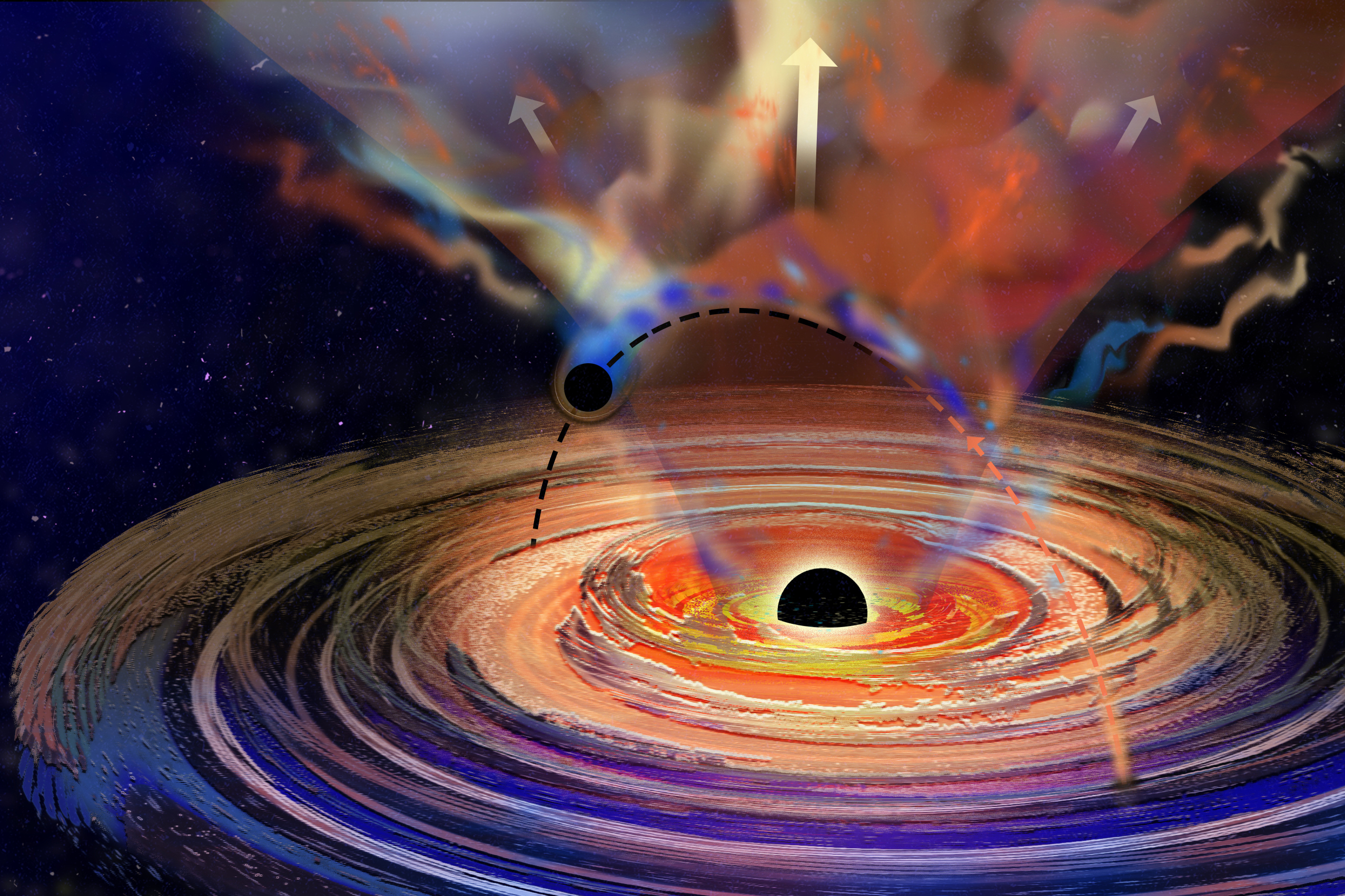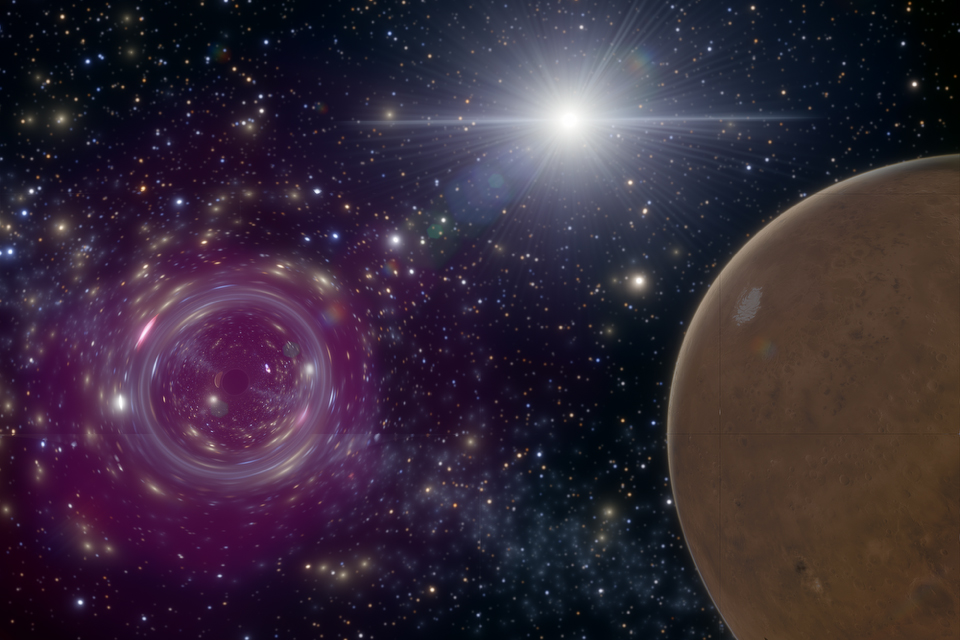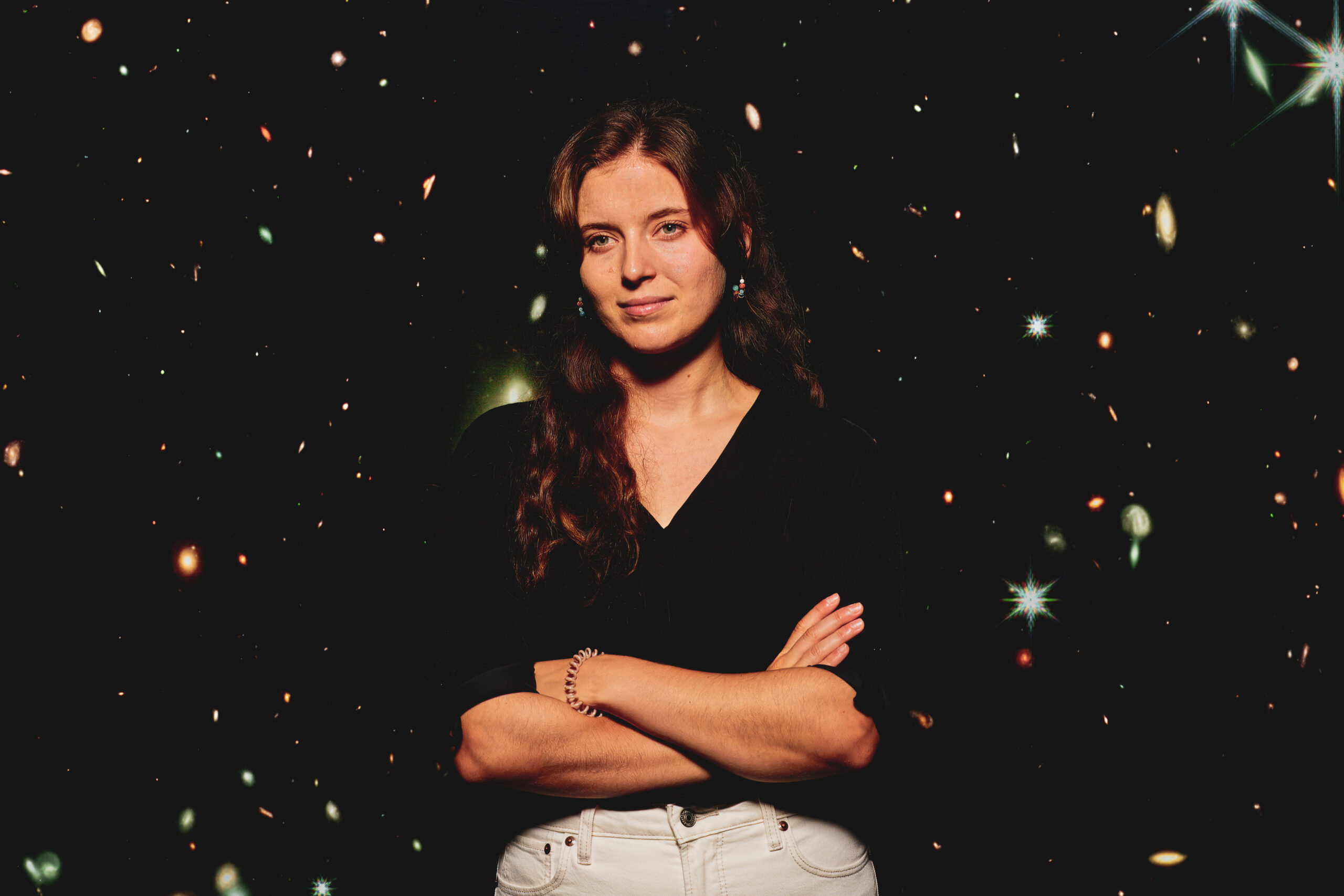Astronomers from MIT, NASA, and other institutions have unveiled a groundbreaking method to measure the spin of black holes, leveraging the extraordinary phenomena that occur when these gravitational behemoths consume stars.
This innovative technique focuses on a black hole tidal disruption event (TDE) — a striking and luminous occurrence when a black hole’s immense gravitational forces distort a passing star and tear it apart. As the star is shredded, part of it is expelled, while another fragment spirals toward the black hole, creating a scorching accretion disk composed of rotating stellar remnants.
The research team led by MIT has revealed that the variation of motion, or wobble, in this newly formed accretion disk is critical for determining the spin of the central black hole.
In a recent study published in Nature, the astronomers detail their findings after measuring the spin of a nearby supermassive black hole by observing the X-ray bursts emitted shortly after a TDE. Over several months, they tracked these flashes, interpreting them as a signal from an intensely hot accretion disk that oscillated due to the black hole’s rotation.
By analyzing changes in the disk’s wobble over time, the researchers could infer the extent to which the disk was influenced by the black hole’s spin, ultimately determining that this particular black hole rotates at less than 25 percent of the speed of light—relatively moderate by black hole standards.
Dheeraj “DJ” Pasham, the lead author and research scientist at MIT, expresses optimism about the new approach, anticipating that it could be applied to gauge the spins of countless black holes across the local universe in the upcoming years. By compiling data on the spins of numerous nearby black holes, scientists aim to unravel their evolutionary history throughout cosmic time.
“By investigating multiple systems using this method, astronomers can estimate the distribution of black hole spins and contribute to resolving the enduring question of their evolution,” notes Pasham, affiliated with MIT’s Kavli Institute for Astrophysics and Space Research.
The co-authors of this study include collaborators from various prestigious institutions, such as NASA, Masaryk University in the Czech Republic, the University of Leeds, Syracuse University, Tel Aviv University, and the Polish Academy of Sciences.
The Dynamics of Disruption
Every black hole possesses an intrinsic spin, shaped by past interactions with its environment. If a black hole accumulates mass primarily through accretion—periodic events when material falls onto the disk—it tends to spin up rapidly. Conversely, when black holes merge with others, their spins can counterbalance and reduce overall rotation.
The phenomenon where a spinning black hole drags the surrounding spacetime is a manifestation of Lense-Thirring precession, a well-established theory explaining how intense gravitational fields, like those of black holes, interact with the fabric of space and time. While such effects typically go unnoticed around black holes due to their lack of emitted light, recent theoretical advancements suggest that TDEs offer a rare chance to observe these interactions.
During a TDE, a star may approach a black hole from any vector, resulting in a disk of white-hot, torn-up matter that might be askew in relation to the black hole’s spin. Visualize the accretion disk as a tilted donut circling a fundamental donut hole with an independent rotation. Initially misaligned, the disk wobbles as the black hole draws it into alignment, with the oscillation eventually fading as the disk stabilizes in sync with the black hole’s spin. This wobbling pattern serves as a valuable signature for measuring the black hole’s spin.
“The crux was obtaining the right observational data,” Pasham states. “Timing was critical; we needed to monitor the TDE continuously from discovery to capture various oscillation timescales, spanning from minutes to months.”
A Timely Discovery
For five years, Pasham and his team sought bright and nearby TDEs for rapid observation of potential Lense-Thirring precession signals. In February of 2020, they identified AT2020ocn, a brilliant outburst from a galaxy located around a billion light-years away, initially detected by the Zwicky Transient Facility in the optical spectrum.
Given its brightness and proximity, Pasham believed AT2020ocn might yield valuable insights into the associated black hole’s spin. The challenge lay in acquiring additional data swiftly.
The team soon discovered that NASA’s NICER telescope could continuously monitor the TDE for extended periods. NICER (Neutron star Interior Composition Explorer) is an X-ray telescope stationed on the International Space Station, designed to measure X-ray emissions near black holes and other extreme gravitational phenomena.
Pasham and his colleagues analyzed NICER’s data on AT2020ocn over 200 days following its initial detection. They observed a cyclic pattern where X-ray emissions peaked approximately every 15 days multiple times before gradually declining. The peaks were interpreted as moments when the accretion disk wobbled towards NICER, emitting intense X-rays before the disk moved away, akin to directing a flashlight towards and away from someone in a rhythmic manner.
The researchers integrated the observed wobbling pattern into their understanding of Lense-Thirring precession. By estimating the masses of the black hole and the disrupted star, they deduced the spin of the black hole—clocking in at less than 25 percent of the speed of light.
This study marks a pioneering effort where scientists have successfully utilized the wobble of an accretion disk post-TDE to estimate a black hole’s spin.
“Black holes are incredibly fascinating, and the material flows that fall onto them can trigger some of the brightest phenomena in the universe,” shares Chris Nixon, a co-author and associate professor of theoretical physics at the University of Leeds. “While numerous questions remain, cutting-edge observational technologies continue to astound us, revealing new avenues for exploration.”
As new telescopes like the Rubin Observatory come online in the near future, Pasham foresees even more opportunities to accurately gauge black hole spins.
“The spin of a supermassive black hole provides insights into its past,” Pasham concludes. “If a fraction of the data captured by the Rubin Observatory reveals this kind of signal, it opens pathways to measure the spins of numerous TDEs, allowing us to make significant statements about black hole evolution throughout the universe’s history.”
This research received funding from NASA and the European Space Agency, facilitating the advancement of our understanding of these cosmic giants.
Photo credit & article inspired by: Massachusetts Institute of Technology



